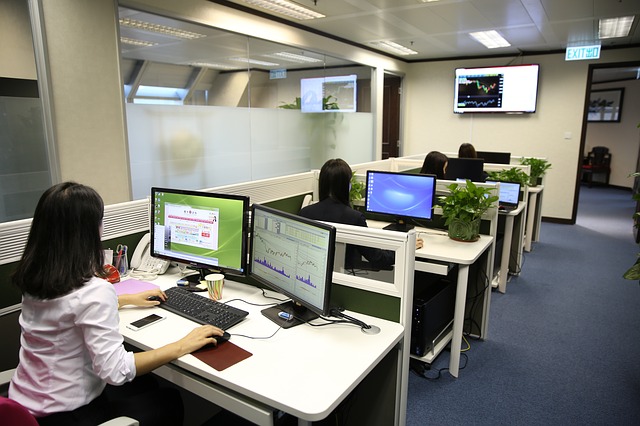By Neil Davidson, Regional Vice President EMEA and APAC, Deltek
The remote working trend accelerated the adoption of technology by finance teams. Historically a paperwork-heavy department, the sudden shift to working from home forced finance professionals to adapt rapidly and embrace new ways of working. Today however, with people returning to the office, digital transformation has in many cases, stalled.
But digital transformation is not only a tool to ensure business continuity during times of upheaval, in fact offering huge opportunities for greater efficiency, scalability, error reduction and cost savings. From apps for timesheets to automatic invoice reminders, the potential for administrative improvements is endless.

Departments which act now to upgrade their systems will reap the biggest rewards over the coming weeks, months, years and even decades. Being in a position to take up the opportunities presented by new technologies could be the difference between thriving and surviving in the long term.
The main blocker to digital transformation, is that finance teams are tasked with a multitude of responsibilities that are key to a firm’s success and growth, leaving little time for operational improvements. When time is at a premium, the mindset ‘if it isn’t broke, don’t fit it’ may instead be taken. Nevertheless, when the system does fail, the consequences for the wider business are often greater than the cost and time it would have taken to upgrade the system in the first place.
To avoid the risk of this disruption, finance teams and other core business functions should constantly evaluate their systems and processes to ensure they’re up to date. Modernising legacy systems is however no easy task. Here are three common mistakes to avoid.
Not thinking far enough ahead
One of the main drivers in the move by finance teams to update their legacy systems is a need to eliminate repetitive manual admin tasks, thereby saving countless hours. As well as helping to speed up processes, digitalising key activities such as project accounting or expenses and invoicing, can help to reduce team stress, freeing up their time for more strategic work in the process.
When looking for a new system, finance teams need to select a solution that presents opportunities for future growth, rather than simply opting for the most cost-effective solution available. Undertaking a legacy system overhaul requires significant resource and investment. Therefore, finance teams need to forecast five to ten years ahead to ensure the technologies put in place now will stand the test of time to grow with the business.
Failing to bring the team along on the journey
Change can be challenging, especially in the workplace where the final decision is ultimately out of workers’ control. While company-wide change management can be difficult to implement, bringing employees along on the journey of selection, rollout and implementation will help to ensure the project’s success.
For a growing business, it’s impossible to consult each employee individually. Instead, firms should consult a specific group of employees (those directly impacted) on their requirements ahead of the solution selection process. While managers are responsible for decision making, general employees use systems day-to-day, meaning they have the greatest understanding of what does and doesn’t need to be improved. By taking the time to speak to them, not only will they feel invested in the digital transformation process (and therefore its success), but they will also be able to share valuable insights into what will improve their job and how systems can be upgraded for the benefit of the company.
Upgrading legacy systems will never be a quick fix and each step should be considered carefully. The project should be looked upon as an opportunity to bring together people from across the business to make changes that will not only boost profit, but also morale.
Once a solution is chosen, in-depth training must be provided for all employees. Without dedicated training, employees will often adopt their own methods, risking errors and reducing efficiencies.
People are the most important part of a business. Securing staff buy-in is essential to modernising legacy systems successfully.
Including legacy systems within digital transformation initiatives
It may seem obvious, but digital transformation involves updating non-digital or minimally digital processes to make them more efficient by digitalising them. However, upgrading legacy systems will generally be included within the digital transformation budget line. If legacy systems are considered to be working ‘well enough’, they suddenly drop off the priority list in comparison to other projects.
Digital transformation in 2022 and beyond is vital for all businesses. Today, digital systems fundamentally underpin how a business embraces and works with technology, either enabling or stunting growth opportunities. Firms need to prioritise the regular evaluation of all systems to ensure they are sufficient to support the business’s next step forward – rather than simply maintaining what works today.
While, in the past, legacy systems may have fuelled growth, with technology constantly evolving, a fine line has developed between fit for purpose and risk of error. As companies navigate economic challenges and rising costs while still aiming for growth, old systems need to be updated in line with present and future business needs.
Updating legacy systems should be a business priority, in order to build a competitive advantage in the marketplace and to position the business to overcome uncertainty and achieve success.


